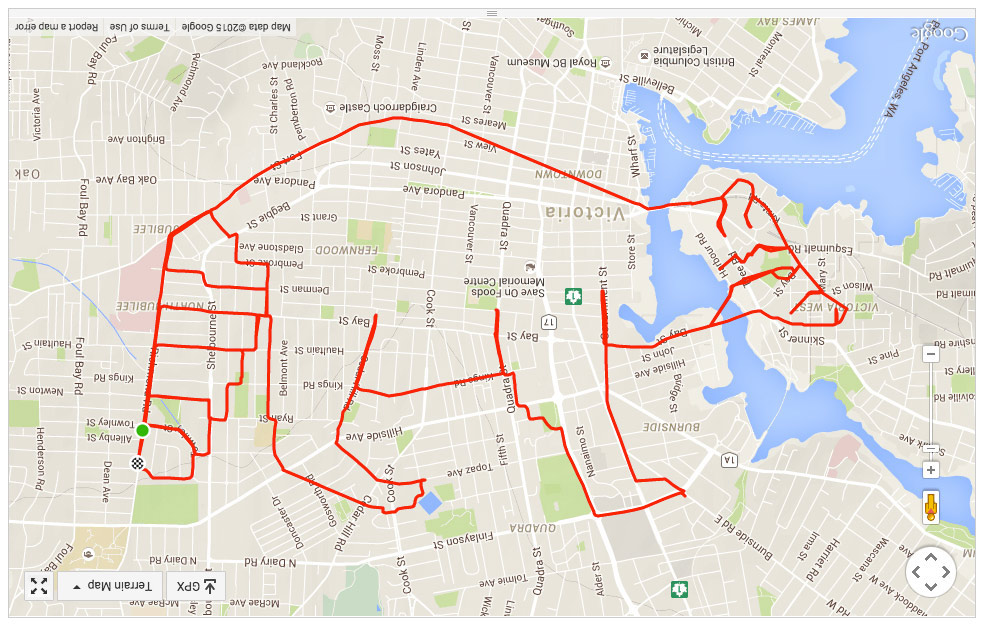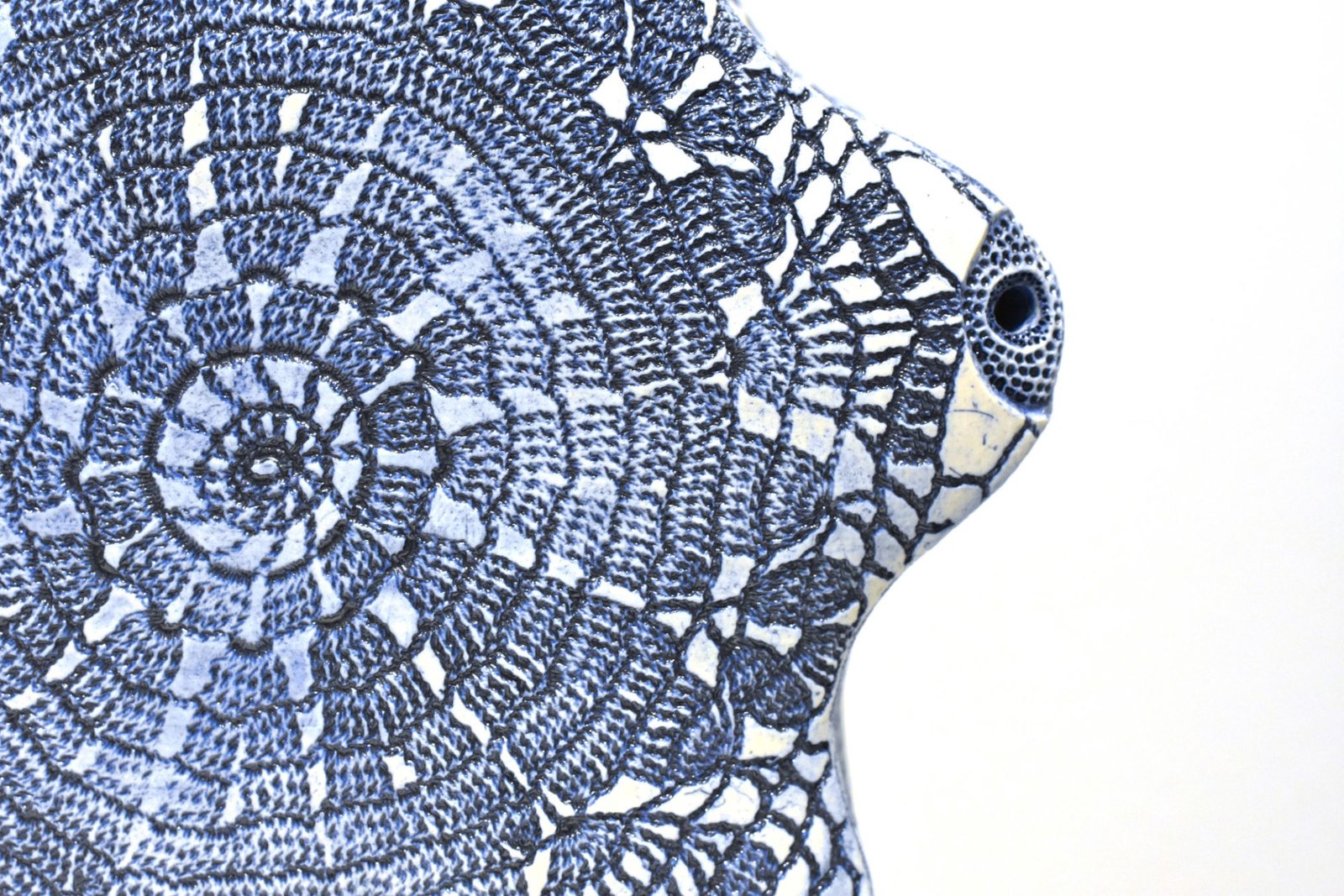Today technology is becoming more and more prevalent in our everyday lives, including the way we practice and share art. It can be challenging, confusing and intimidating to try and navigate all the new technology that is available! Here are a few tips on some of the many tech tools you can bring into your practice!
Last week I had the opportunity to attend a Digital Ladders Learn-to-Do Lab workshop hosted by the Alliance for Arts and Culture. It was a rewarding and enriching experience to learn from and work with a diverse group of creatives. Throughout the three days, we learned about different digital tools we could easily access and experiment within our own workplaces and art practices. We also spent time in teams working through a design challenge and pitching a hypothetical project idea to the rest of the group. Below I have described FIVE of the digital tools we discussed and included some links to see how they work or learn more about how you could use them yourself.
Digital Ladders is hosting one last Learn-to-Do Lab and four lecture style salons. All of these are free or low-cost to attend! You can find out more information or sign up here.
1. Augmented Reality (AR)
AR is a real experience changed and added to to provide additional information or a more interactive experience. For example when you are watching tennis on TV and there is an instant replay with a computer animation showing the trajectory if the ball and where it landed. Alternatively, you have an app that scans an image of a piece of art and on your screen, a video of the process starts to play on top of the image.
- Free Programs to make AR: Unity (using the plugin Vuforia)
- Unity Tutorial Video
- AR in Art Galleries
- Other examples of AR
2. Video
Video is still a very effective digital tool to share your work! Especially with the prevalence of smartphones, videos are very easy to make and view. You can share them on your website and social media (including through Instagram and Facebook stories). Recently, videos of art processes have become quite popular. Many people will record their full process and then speed the video up so you can watch the whole thing in a few seconds or minutes. Process videos can help your audience understand the work that goes into making a piece.
3. GPS Art
 Recently runners and cyclists have been using GPS (Global Positioning System) to create images on maps marking their paths. Routes are planned out in advance to make an image, then as you walk/run/cycle the app tracks your path and draws the image.
Recently runners and cyclists have been using GPS (Global Positioning System) to create images on maps marking their paths. Routes are planned out in advance to make an image, then as you walk/run/cycle the app tracks your path and draws the image.
Apps to make GPS Art:
- Strava: tracks running routes and gives you an image of your route
- Trace: turns digital sketches into a walking route that your friends get to decipher by following it
4. Radio Frequency Identification (RFID)

RFID works with a card and a reader. If you have ever used a Compass card in Vancouver’s transit system or a key card in a hotel or office, you have used RFID. Recently, more people have been building RFID into their art practices to make for a more engaging experience. Cards can be embedded into props that, when passed by a reader, cause something to happen – a video starts playing, the lights change, or data is recorded. A museum in Amsterdam has been using RFID to have visitors vote for their preferences in a fashion exhibition (read more about it below). RFID is also very inexpensive to use with a small budget for exhibitions if you want to play around with it yourself.
- Programs to build your own: Arduino (you can buy kits that come with the materials and instructions)
- RFID used in museums in Amsterdam
- RFID used for inventory
5. Podcasts

Podcasts are another form of media that has become quite popular over the last few years. Something different about podcasts, as opposed to regular talk radio, is that listeners can download episodes and listen to them whenever and wherever they want.
Craft Related Podcasts – take a listen and let us know what you think!
- Citizen’s of Craft
- The Podcast for Makers
- Making it Podcast
- Reclaimed Audio
- The Potter’s Cast
- The Woodworking Podcast
- The Jewellery Journey Podcast
I really enjoyed being able to learn from so many incredible people in the arts and culture sector and definitely recommend any of Digital Ladders future programming. What digital tools are you using in your practice? How do they further support your art, or engaging your audience?

